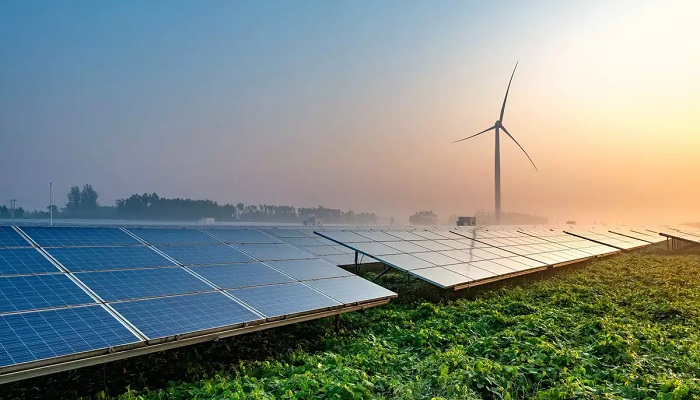BloombergNEF (BNEF) released its Clean Energy Exposure Ratings analysis, revealing that 2022 clean energy activities generated a minimum of $2.56 trillion globally. This sum encompasses company earnings derived from clean energy production and manufacturing essential technologies and equipment for clean energy.
BNEF’s Clean Energy Exposure Ratings serve to provide investors with a clear view of their involvement in the low-carbon transition opportunities. These ratings assess and categorize 8,182 publicly listed companies based on their revenue exposure to clean energy activities from a pool of over 50,000 evaluated entities. Only 2,780 of these companies explicitly disclose their relevant revenue, allowing for precise percentage exposure calculations. BNEF relies on its data and expert analysis to identify and rate the remaining 5,402 companies, ranging from A1 for those deriving over half of their revenue from clean energy to A4 for those with less than 10% exposure.
In 2022, listed electric utilities such as EDF, Enel, and E.ON accounted for $1.06 trillion, equivalent to 42% of the total clean energy revenues, followed by renewable energy manufacturers and developers like CATL, Vestas, and Trina Solar, which contributed $628 billion, constituting 25% of the clean energy revenue for the year.
Mike Daly, the report’s lead author, noted, “Despite automakers like Volkswagen and Toyota ranking among the top earners, their clean energy exposure remains limited, contributing only $370 billion to the overall total.”
The analysis further highlights that major global equity indices have minimal exposure to clean energy revenues. For instance, only 3.4% of portfolio-weighted revenues in the S&P 500 and 3.0% in the MSCI World Index are associated with clean energy. Notably, the clean energy revenue exposure of widely used ESG exchange-traded funds (ETFs) remains quite low. However, more specialized equity ETFs, such as the iShares Global Clean Energy ETF (with an 86% exposure and rated A1), the KBSTAR Global Clean Energy ETF (with a 72% exposure and rated A1), or the Goldman Sachs Bloomberg Clean Energy ETF (with a 68% exposure and rated A1), achieve higher levels of clean energy exposure.
The source of this information is the BloombergNEF Clean Energy Exposure Ratings, and it is important to note that it excludes high-revenue companies that do not explicitly disclose clean energy revenue.
The analysis encompassed various aspects of clean energy, including solar, wind, hydro, nuclear, power grids, electrified transport, energy storage, hydrogen, geothermal, bioenergy, and carbon capture. BloombergNEF’s data covered a wide range of information, such as electric vehicle sales data for automakers, clean energy power generation, and capacity data for electric utilities.







































